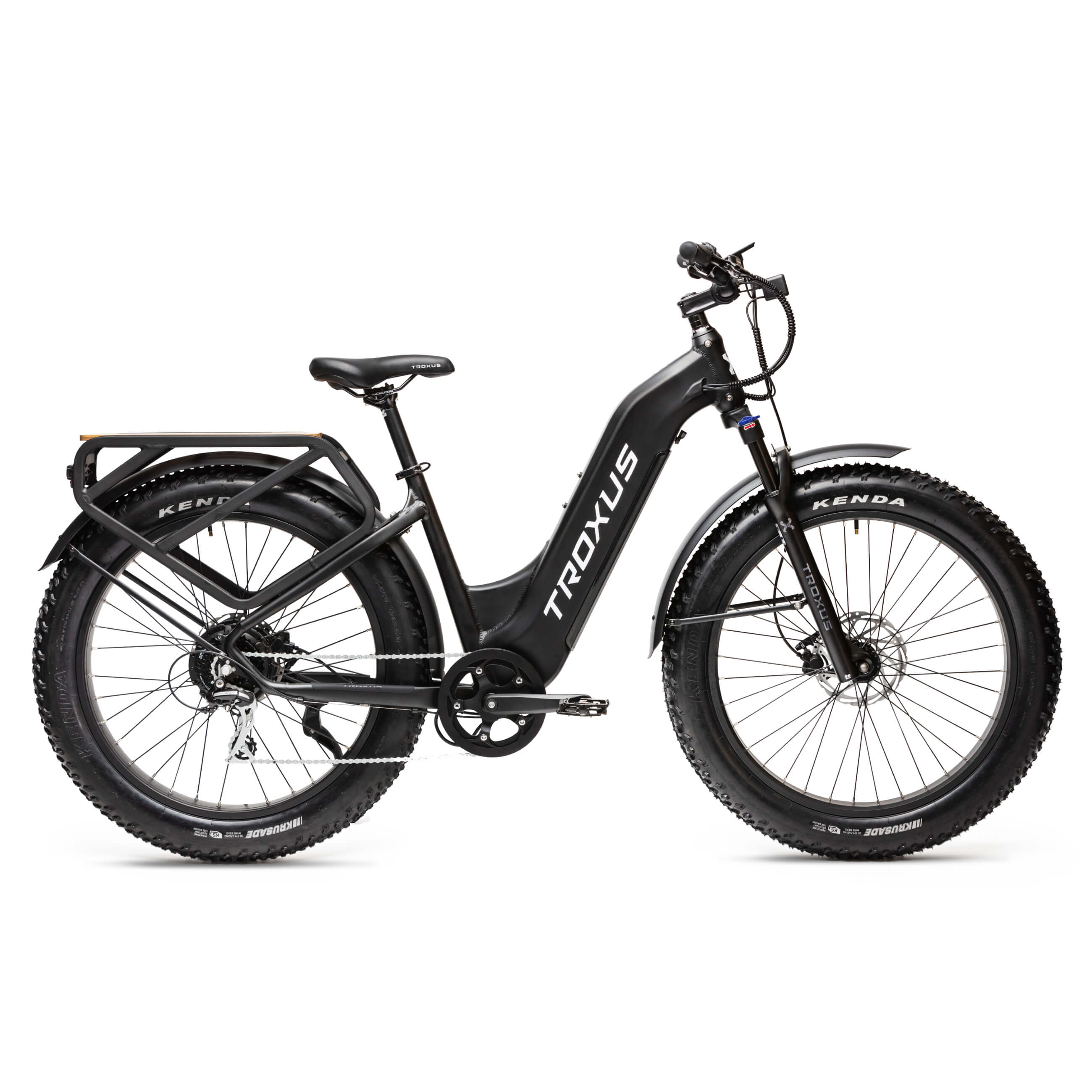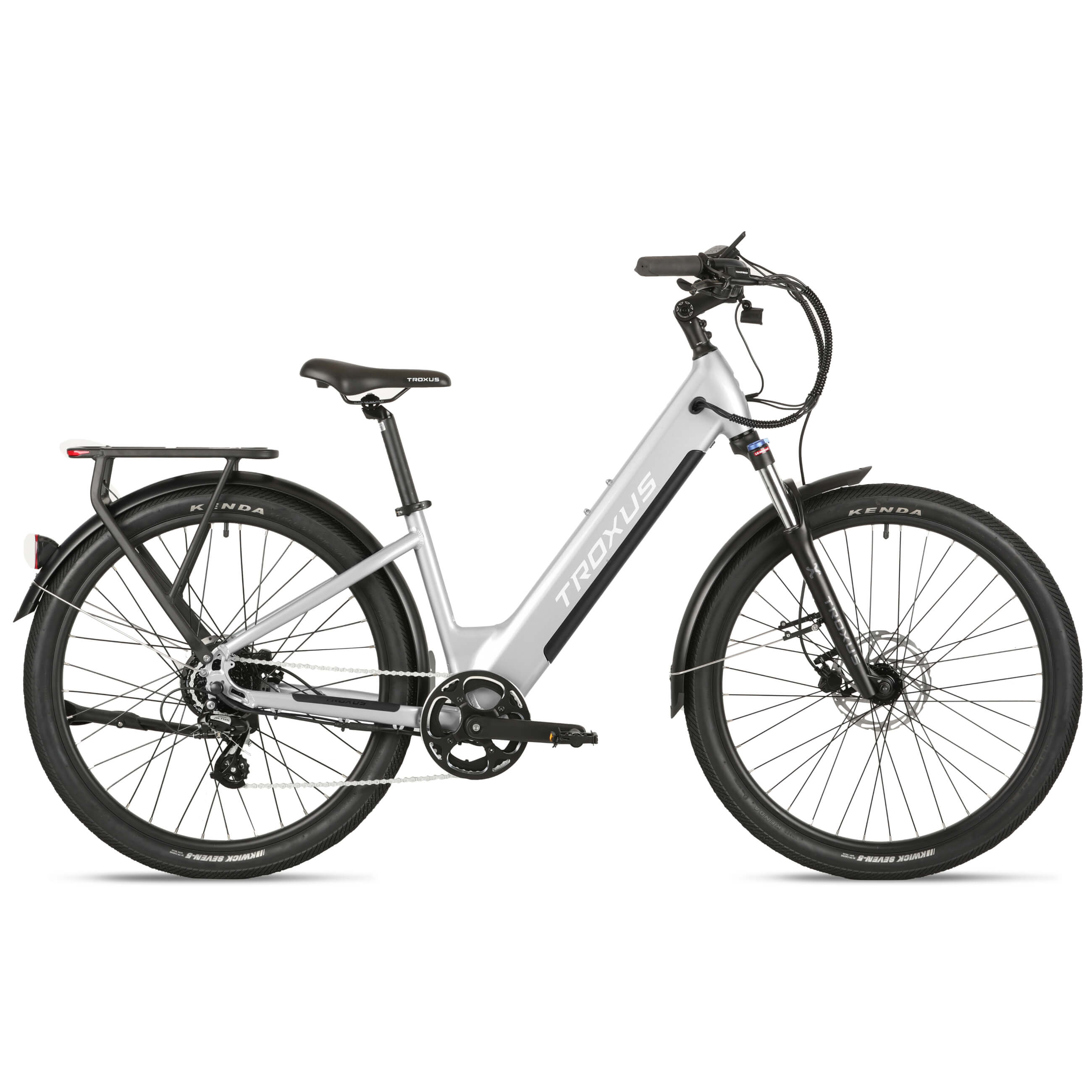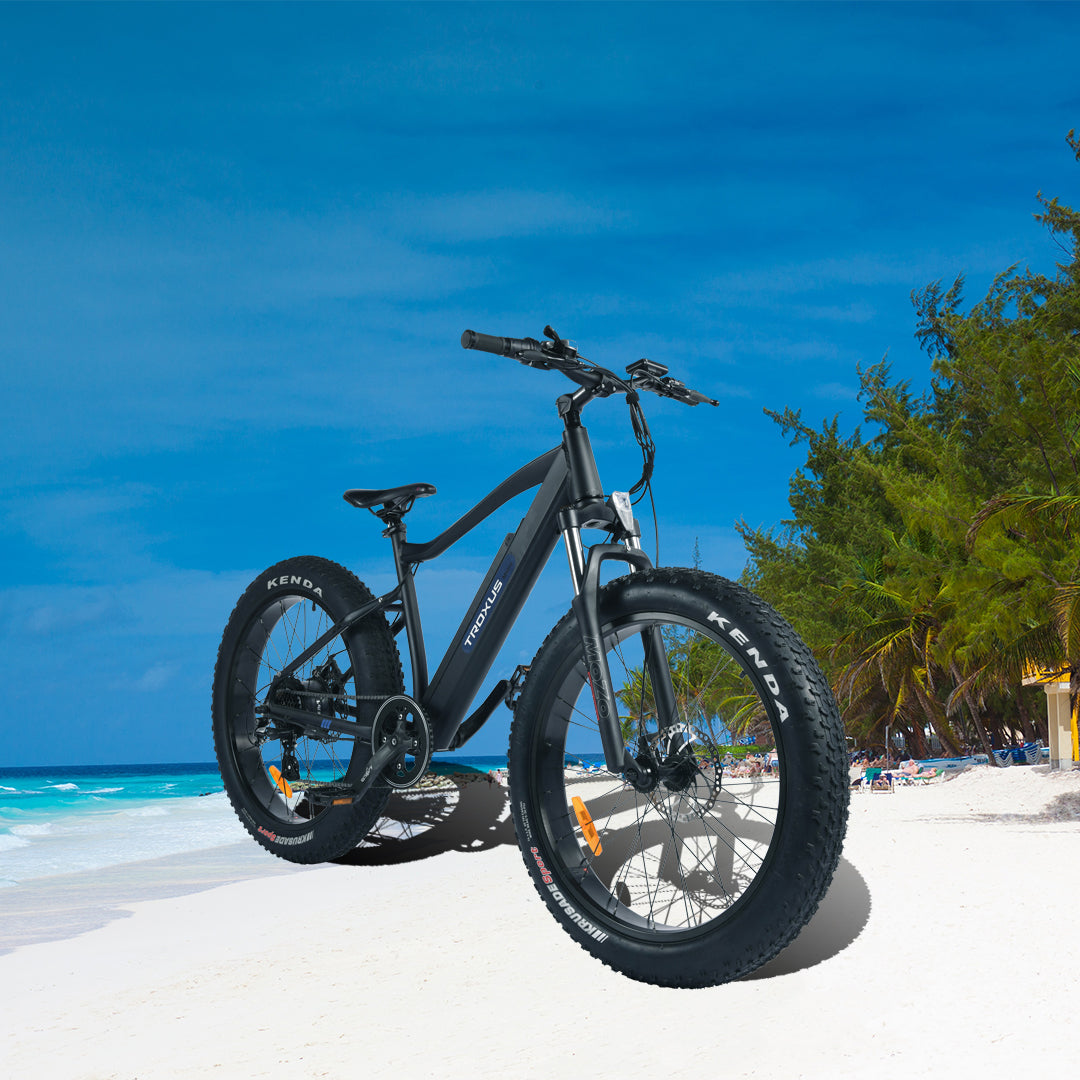It's becoming increasingly clear that e-bikes are the future. Last year, more than half of all bicycles sold were electric bikes. Whatever your reasons for wanting an electric bike, there are many things to consider before you decide to buy one. That's why it's time to create a guide that answers all your burning questions about electric bikes! To help you figure out what you need, let's look at the many aspects of electric bicycles and how they work. How do you get the best electric bike for your situation to address the most critical questions?
How do they work?
Electric bikes are powered by a battery and an electric motor that gives the rider power as they pedal. This process is called pedal assist because the motor only kicks in when you depress the pedals. Once engaged, the motor draws energy from the battery and provides a modest increase in speed and torque so you can ride faster, farther, and over more hills. Typically, these e-bikes have multiple modes that offer different levels of help, so you can choose how much help you want and how fast you want to go until you reach a predetermined speed limit. This allows riders to get help when they need it, like when they want to get to the office on time or when they want to go up a steep hill.
And don't worry, these e-bikes don't break down if the battery runs out - they're just like regular bikes, and you can pedal and shift as you usually would. Fortunately, this hardly ever happens, as new e-bike technology and powerful batteries allow riders to ride 40-80 miles or more on a single charge. That's plenty of range to get to work and back or to go for a wild ride, and with charge times ranging from 2-5 hours, it's easy always to have enough energy.
Who is an electric bike for?
Simply put, electric bikes are for everyone. Electric bikes are getting more people on bikes all over the world, and over the years, different models have been developed for various riding categories. If you like to ride, you'll probably like the features of an e-bike.
Some e-bikes make it easier for those who want to drive less and start commuting to work by bike.
There are e-bikes for those who want to get fit and work out more often but need a little help to get some momentum going.
There are e-bikes for would-be riders with strength and mobility issues that make traditional biking too painful or difficult.
Then there are e-bikes for mountain bikers and road cyclists who are already fit and want to ride farther and longer and have fun doing it.
In short, if you want more riding, there's always an e-bike you'll love. Keep reading to explore this e-bike guide, which will answer more questions and provide meaningful insights.
Understanding the classes of electric bikes
Categories are a quick way to categorize and differentiate between different e-bikes. In Europe, where e-bikes are more common, classes provide an important distinction between other e-bikes, and some regions require e-bike owners to register and insure their bikes according to their classes.
Primarily for regulatory reasons, e-bikes are also classified into different categories to indicate their level of motor assistance. Figuring out which class of e-bike you need is a crucial decision point.
Class 1
The Class 1 e-bikes use only the motor to assist while you pedal. These are the slowest bikes, with pedal assist working at no more than 20mph, and are most helpful if you want to make your travels a little easier without allowing the bike to take over.
Class 2
If you like the idea of having a low-speed e-bike but want to be able to use the motor to propel you, then a class 2 bike may be more your speed. Like Class 1 e-bikes, Class 2 bikes have a top speed of 20 mph, but because they include a throttle, they don't require you to pedal to make the motor work.
Class 3
Class 3 bikes are the fastest and most expensive option. As with Class 2 bikes, the motor can be used for pedal assist or self-propulsion. Unlike Class 2 bikes, however, they are usually equipped with a speedometer and usually top out at 28 mph, making them ideal for long commutes.
Most new riders start with a Class 1 e-bike. Class 1 bikes are the most affordable and, from a regulatory standpoint, the most commonly accepted. You can ride them on city streets and on many bike lanes. This e-bike is starting to be allowed on traditional mountain bike trails, but it is not universally accepted, so check first.
Class 2 e-bikes are usually allowed in the same places as class 1 e-bikes. This is because the maximum speed for both types of e-bikes is 20 mph.
Class 3 e-bikes are popular with commuters and errand runners. They are faster and more powerful (and more expensive) than Class 1 bikes. The payoff for increased performance is that you can keep up with traffic better. They can also climb hills better and handle heavier loads. The tradeoff is that they cannot be ridden on most bike trails or mountain bike trail systems.
Know the type of tires
Tire Size
Tire size is critical, not only when you have a flat tire but also when considering the bike you plan to buy. Do you plan to spend most of your time on the smooth sidewalk? Or do you plan to ride on roads off the beaten path? Because your bike's tire size can significantly affect your overall riding experience, let's look at thin tires versus thick tires and how they stack up.
Thin Tires
Thin tires provide the best grip on the sidewalk. This is because thin tires are lighter, more aerodynamic, and easier to move than fat tires. Thin tires are also cheaper because they use less rubber than fat tires.
However, they are thinner and wear out faster, providing less balance and stability. Considering speed and portability above all else, consider a bike with thin tires.
Fat Tires
Conversely, fat tires are made for rougher terrain and are a better choice if you plan to go off-road or ride rough roads. Because fat tires are thicker, they provide better balance and stability, but they are more expensive in terms of money and power requirements.
These tires are heavier, making them more challenging to move. They also require better brakes to stop, which means you need a bike with good brakes.
Tire Diameter
In addition to the thickness of the bike's tires, you need to consider the diameter of the tires. Typically, you'll find bikes with mostly 16-inch, 20-inch, and 26-inch tires, though there are bikes with smaller or larger tires.
In contrast, bikes with smaller tires may offer a rougher ride but are also easier to store, and many folding bikes have 16-inch or 20-inch tires.
Know the type of suspension
If you want a smooth and comfortable ride, you certainly don't want to ignore the suspension. You need to think carefully about bikes: do you want a bike with full suspension, front suspension, or no suspension?
Full Suspension
Full suspension will provide the most comfortable ride, with suspension on both the front and rear wheels to absorb most of the shock of the ride. This is great if you want to use your bike on rough terrains, such as dirt roads and forest trails.
Front Suspension
You can use a front suspension system if you don't want to use full suspension but still want to absorb some shock and vibration. Front suspension makes the ride more comfortable and protects the fork from damage.
No Suspension System
While the suspension is a pleasant perk, you usually only find it on mountain bikes. However, if you plan to stick to a slick sidewalk on your tour, you shouldn't worry too much about suspension.
Sure, it's great to have, but it's not necessarily an integral part of a smooth ride.
E-bike Batteries, Riding Range and Motors
Manufacturers give a lot of attention to the powerplant of each bike. The design tradeoff is performance versus riding distance. A more powerful motor will provide more speed to keep up with traffic and more torque to climb hills and haul cargo. A more powerful engine will drain the battery faster, reducing your riding range.
When comparing future e-bikes, you'll see a wide range of riding range specifications. For example, 20-100 miles of pedal assist range. This is because there are so many variables that affect riding distance.
Of course, having a large battery will help. Capacity is measured in watt-hours (Wh), the number of hours the battery can sustain 1 watt of power before it fails. Therefore, motor power is also essential. A 500-watt motor with a 500-watt battery (a standard level 3 bike setup) will draw power faster than a 250-watt motor with a 500-watt battery (a standard level 1 bike setup).
An interesting online tool that shows the interaction of a range of factors that can affect riding range is Bosch's Electric Bike Range Assistant. How and where you ride is also important. For some tips on how to extend your range, read Introducing eBikes.
Battery charging time
Most batteries take three to five hours to charge from empty entirely, and larger capacity batteries take even longer. If you plan to commute on your e-bike, you can purchase an extra charger (or carry one). You can also buy a faster charger.
The number of batteries
Some e-bikes allow riders to use two batteries at the same time. This can extend your ride time - if one battery dies, you have a backup. You can also purchase an extra battery to have a fully charged battery at all times or replace it at the end of your battery's life (usually a few thousand charges).
Battery Mounting Setup
A battery integrated into the frame frees up space for a water bottle cage or small bike bag. However, external batteries are much easier to charge and replace.










